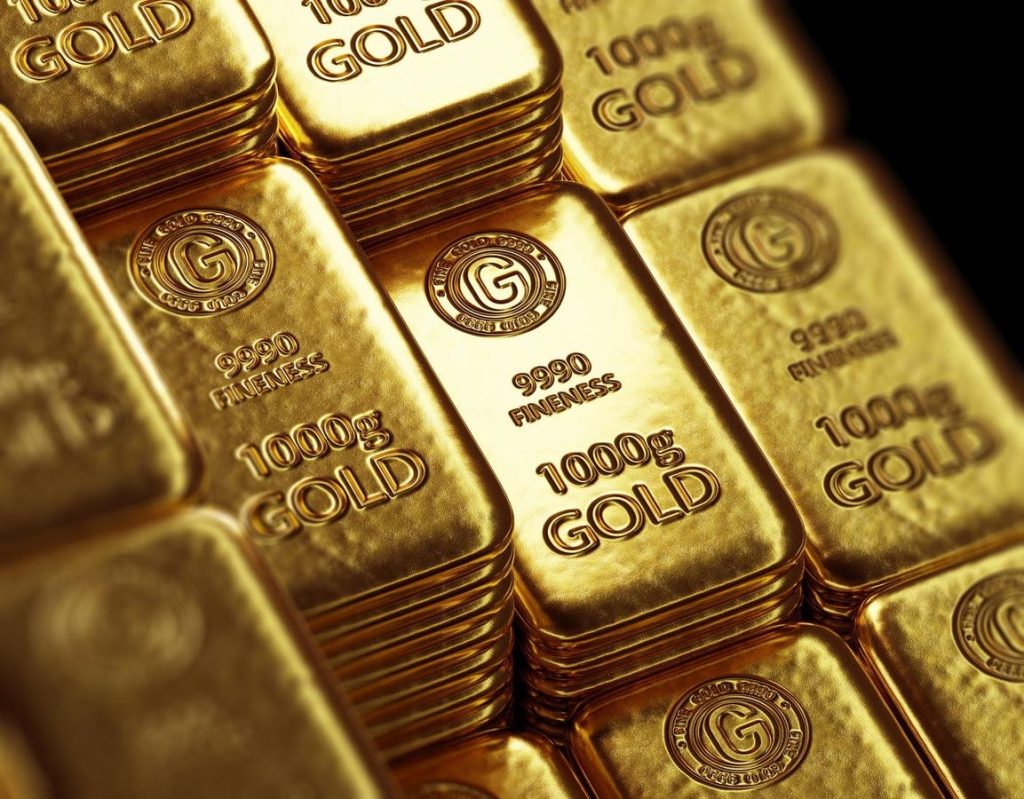Gold prices hit a record high above $2,200 an ounce, surprising many market watchers with a surge of around 10% since mid-February. The rally is attributed to a combination of factors including the Federal Reserve signaling possible rate cuts in the near future, cooling real yields, and increased central bank demand for gold. The price action is seen as a vindication for those who have remained bullish on gold through its ups and downs.
The Federal Reserve’s dovish stance, with Chair Jerome Powell indicating potential rate cuts in 2024, has contributed to the surge in gold prices. Futures markets are now pricing in a 72% chance of a rate cut as soon as June, further fueling the demand for gold. The relative attractiveness of the non-interest-bearing metal has increased as real yields have cooled, leading to the current surge in gold prices.
Central bank demand for gold has also played a significant role in boosting prices, with developing countries increasingly joining the de-dollarization movement. China, in particular, has been consistently adding large amounts of gold to its reserves for the past 16 months, contributing to record-high central bank buying in 2022. This has helped offset selling pressure from gold-backed ETFs, further fueling the rally in gold prices.
The surge in gold prices has had implications for the luxury goods market, with the precious metal being a key input cost for jewelry and watch manufacturers. Higher gold prices have started to impact demand, with luxury category retail sales in China rising just 5% year-over-year, despite the reopening boom. This has put pressure on luxury conglomerates like Richemont and LVMH and retailers like Chow Tai Fook, affecting sales of non-gold jewelry in mainland China.
Despite the challenges in the luxury jewelry market, overall luxury spending by Chinese consumers has rebounded strongly in 2023, with luxury purchases within mainland China recovering to 70% of pre-pandemic levels. Bain & Company projects mid-single-digit growth for China’s luxury market in 2024, supported by the nation’s robust fundamentals for high-end consumption. The outlook for luxury spending will depend on factors like China’s property sector crisis and consumer confidence in the coming months.
For investors, the recommendation is to allocate 10% of the portfolio to physical gold and high-quality gold mining stocks. The current bull market in gold, driven by lower real rates, central bank buying, and safe-haven appeal, is expected to continue in the months and years ahead. Despite potential near-term volatility, the growing wealth of China’s middle class is expected to drive continued demand for luxury goods and services, making gold an attractive investment option.


